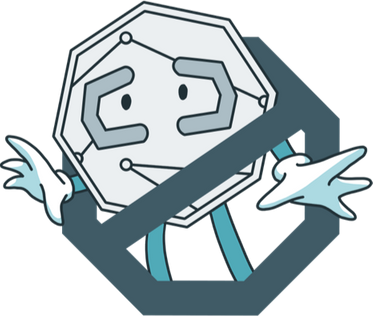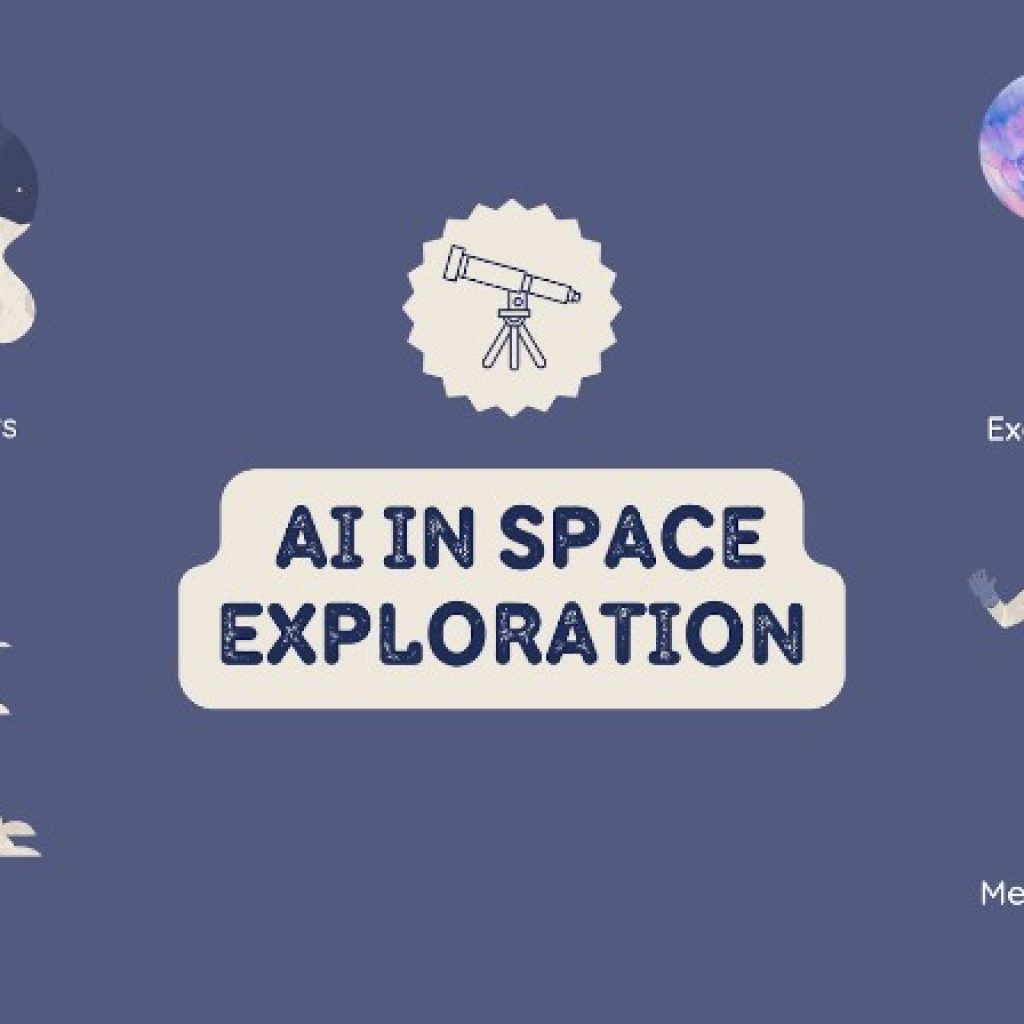In the past couple of years, neuroscience, and artificial intelligence (AI) developments have led to the emergence of the thinking that there could be mind-reading technology. From Neuralink’s brain implants that perceive inner thoughts to AI algorithms being able to decode inner speech, it appears that the boundaries of what technology can achieve never stop evolving. However, do gadgets have the capability for “mind reading” as it is represented in the headlines, or is it just a complicated matter?
The brain-mind problem
Mind-reading technology, despite being a complex issue involving the brain-mind relationship, needs to be understood better. Although brain activity is thought to produce conscious states, the accurate identification of the neural correlative of each thought or mental state remains a fundamental problem. Each mental state, along with the corresponding visualizing of an object or recalling a memory, is accompanied by specific patterns of neural activity in the brain. Nevertheless, difficulty with decision-making between those patterns and precise current neuroscience is one of the main problems.
Through neural implants like Neuralink, people who were previously paralyzed are now able to control their surrounding environment only by using their thoughts. Nevertheless, these implants do not reach a true interpretation of innermost thoughts. Contrary to this, they intercept the neural signals related to the intentional movements, such as pointing to a cursor with their eyes, without getting the overall mental states in mind. While an implant can offer a great deal of performance, it still cannot capture the intricacy of the brain in its entirety.
Generative AI and brain scans
Integrating AI with brain scans has recently been reported, and apparently, it becomes possible to decode the internal dialogue and predict the plot at the narrative level. Even though these accomplishments should be praised, they bring some constraints as well. The accuracy of these systems is still an ongoing process. To date, their application has proven promising in continuous language transcription and narrative translation, even though this type of task employs different skills. Wholesale attempts to generalize these results at the level of the whole sphere of human thinking are unfeasible simply because of the incredible number of variables involved in thinking activity.
Similarly, as AI technology develops to a level where it is capable of reading human thoughts, the creation of brain-interface technology is becoming an attractive idea as well. However, it is equally important not to rely on excessive optimism. Our knowledge of this system is far from being complete, and in addition to that, the human cognitive functions provide it with the most complex features and are strong enough to challenge you. However, AI shows its benefits are undoubted, and the ability of AI to understand minute details of our minds is still a matter of theory.
Although the headlines might be trying to suggest that the future of mind-reading is immediately around the corner, it is more subtle. Nowadays, neuropathology and AI allow us to see possible ways to understand some mental processes. However, the full-fledged mind reading is a very complicated issue that asks a lot of questions that haven’t been answered yet.
The article originally story appeared in Nature.com





